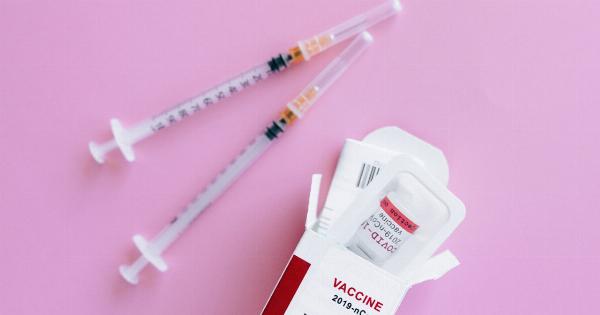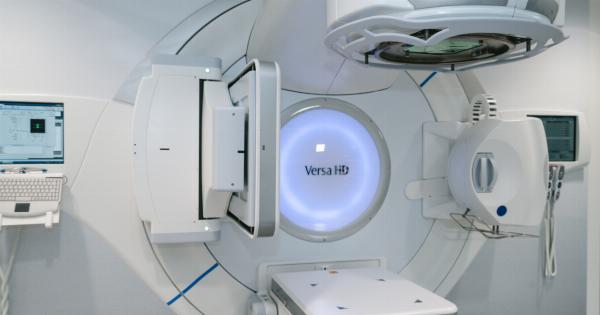According to the American Cancer Society, in 2021, there will be an estimated 1.9 million new cases of cancer diagnosed in the United States alone.
The fight against cancer is ongoing, but there is hope on the horizon with a breakthrough anti-cancer treatment that eliminates tumors.
What is the Breakthrough Anti-Cancer Treatment?
The breakthrough anti-cancer treatment uses a combination of medications that target specific cancer cells while leaving healthy cells unaffected.
This targeted approach is highly effective and has been shown to reduce or eliminate tumors in patients with various types of cancer, including breast, lung, liver and pancreatic.
How Does the Treatment Work?
The treatment is based on the principle of immunotherapy, which aims to stimulate the body’s own immune system to fight cancer cells.
The medications used in the breakthrough treatment target specific proteins or receptors found on cancer cells and activate immune cells to attack and destroy them.
One of the medications used in the treatment is a monoclonal antibody that binds to a protein found on the surface of cancer cells. This binding triggers the immune system to attack the cancer cells, causing them to die or shrink.
Another medication is a checkpoint inhibitor, which blocks a protein that cancer cells use to avoid detection by the immune system. This allows the immune cells to recognize and attack the cancer cells.
What Are the Benefits of the Treatment?
The benefits of the breakthrough anti-cancer treatment are significant. The targeted approach reduces or eliminates tumors while leaving healthy cells unharmed, which minimizes side effects.
Because the treatment activates the immune system, it has the potential to provide long-lasting benefits, even after the treatment is complete.
The breakthrough treatment is also highly effective, with many patients experiencing a significant reduction in tumor size or complete remission.
The treatment has shown promise in treating various types of cancer, including those that are typically resistant to traditional chemotherapy.
What Are the Side Effects of the Treatment?
Like any medication, the breakthrough anti-cancer treatment has potential side effects. However, the side effects are generally mild compared to traditional chemotherapy and are usually related to the immune system response.
Common side effects may include fatigue, nausea, and flu-like symptoms. Some patients may also develop rashes or experience an allergic reaction to the medications.
However, these side effects are generally manageable and can be treated with medication or other supportive measures.
Who Can Benefit from the Treatment?
The breakthrough anti-cancer treatment has shown promise in treating a wide range of cancer types. Patients who have been diagnosed with breast, lung, liver, pancreatic, and other types of cancer may be eligible for the treatment.
The treatment may also be particularly useful for patients who have not responded well to traditional chemotherapy or who have cancer that has spread to other parts of the body.
How is the Treatment Administered?
The breakthrough anti-cancer treatment is usually administered intravenously over a period of several weeks or months. The exact duration and frequency of treatment will vary depending on the patient’s condition and response to the treatment.
Patients may receive the treatment in an outpatient setting or may require hospitalization for more intensive treatment. Careful monitoring and supportive care are essential to ensure the best possible outcome.
What is the Success Rate of the Treatment?
The success rate of the breakthrough anti-cancer treatment is highly encouraging. Many patients have experienced a significant reduction in tumor size or complete remission, even in cases where traditional chemotherapy has failed.
The response to the treatment may vary based on the patient’s condition and the type of cancer being treated.
However, overall, the treatment has shown great promise and is likely to become a more widely used treatment option in the fight against cancer.
Conclusion
The breakthrough anti-cancer treatment is an exciting development in the fight against cancer. Its targeted approach and ability to activate the immune system offer significant benefits over traditional chemotherapy.
The treatment has shown great promise in reducing or eliminating tumors in patients with various types of cancer, and its success rate is highly encouraging. As the treatment continues to be refined and expanded, it is likely to become an important treatment option for many cancer patients.



























